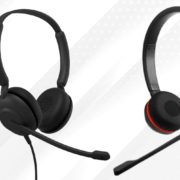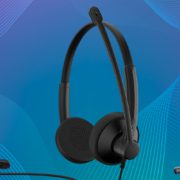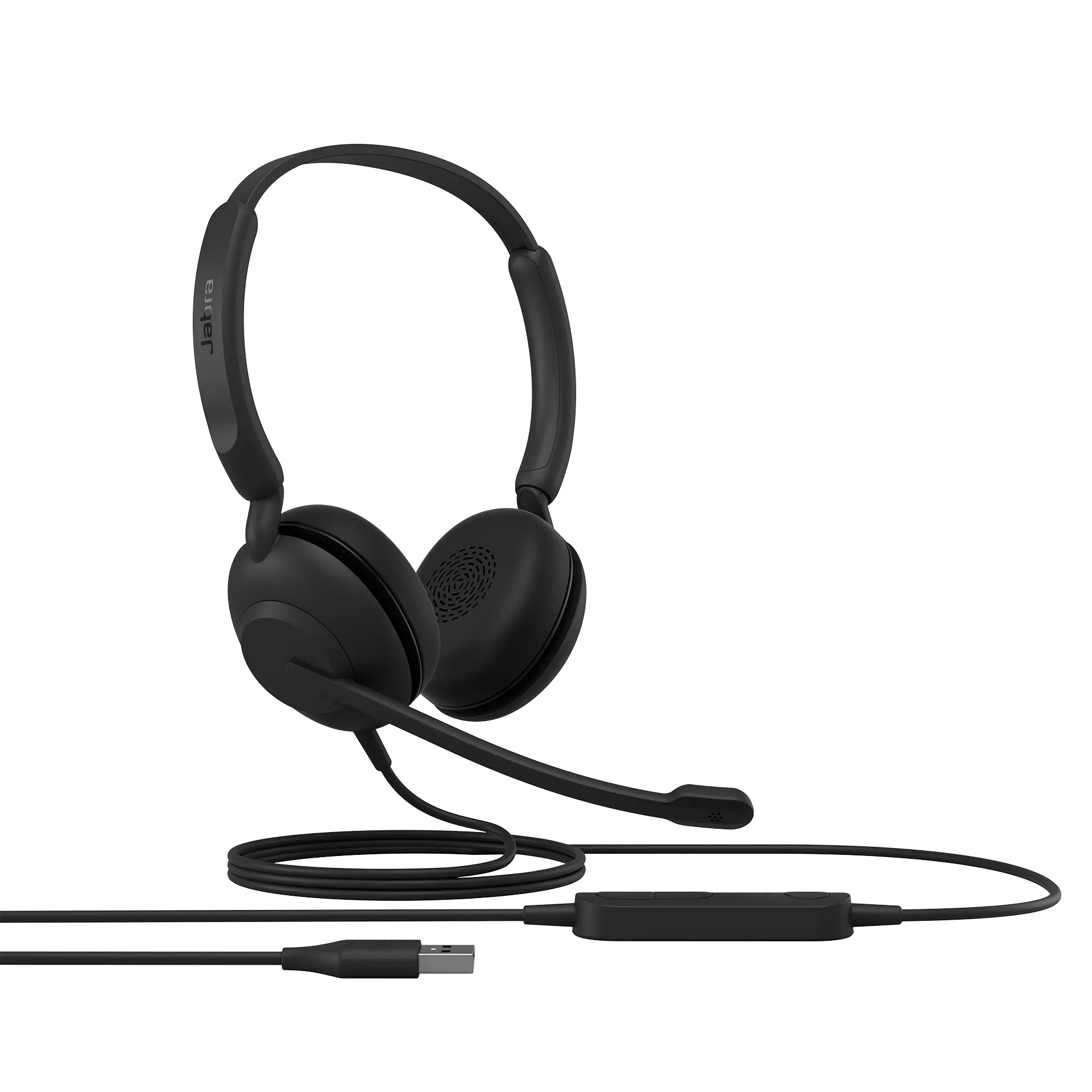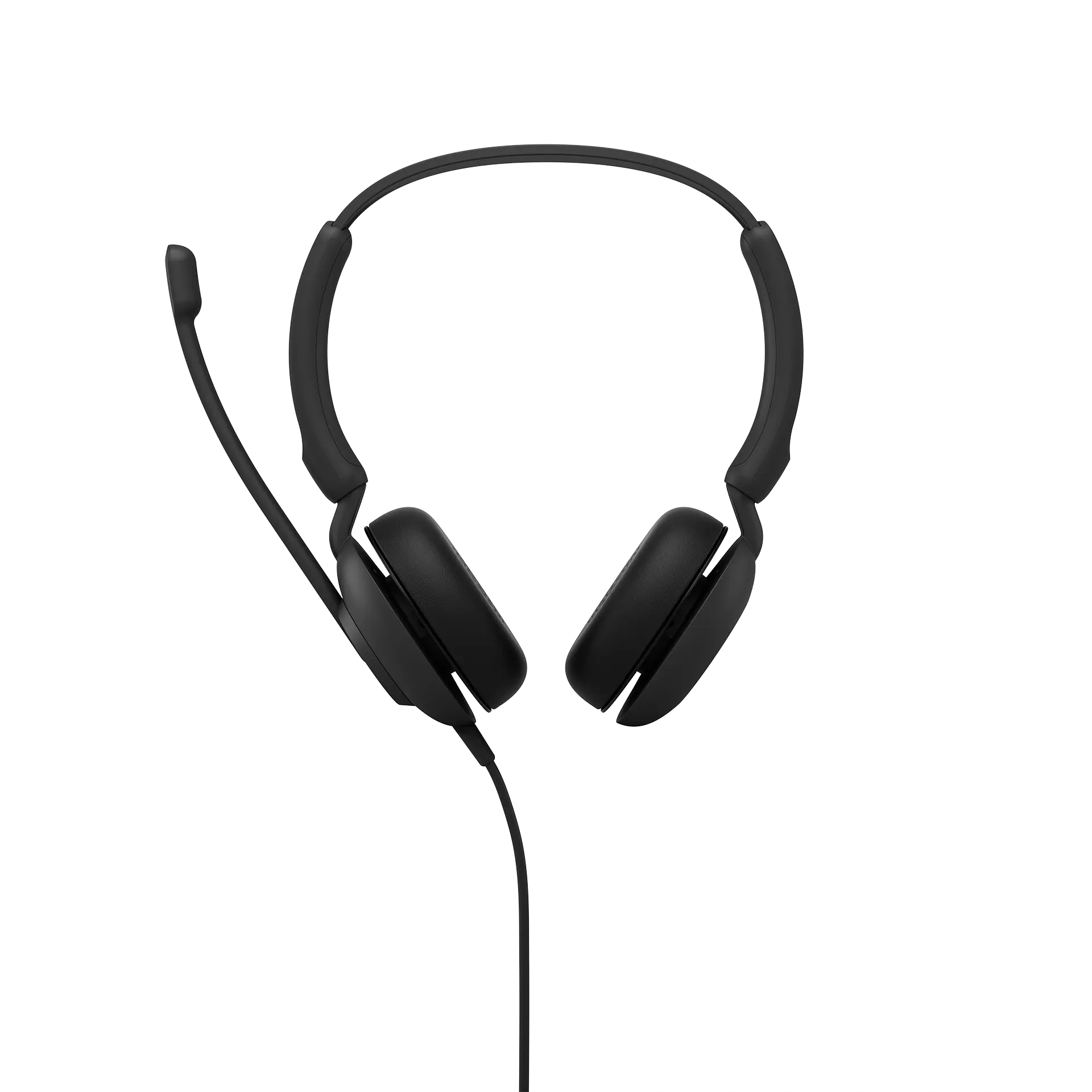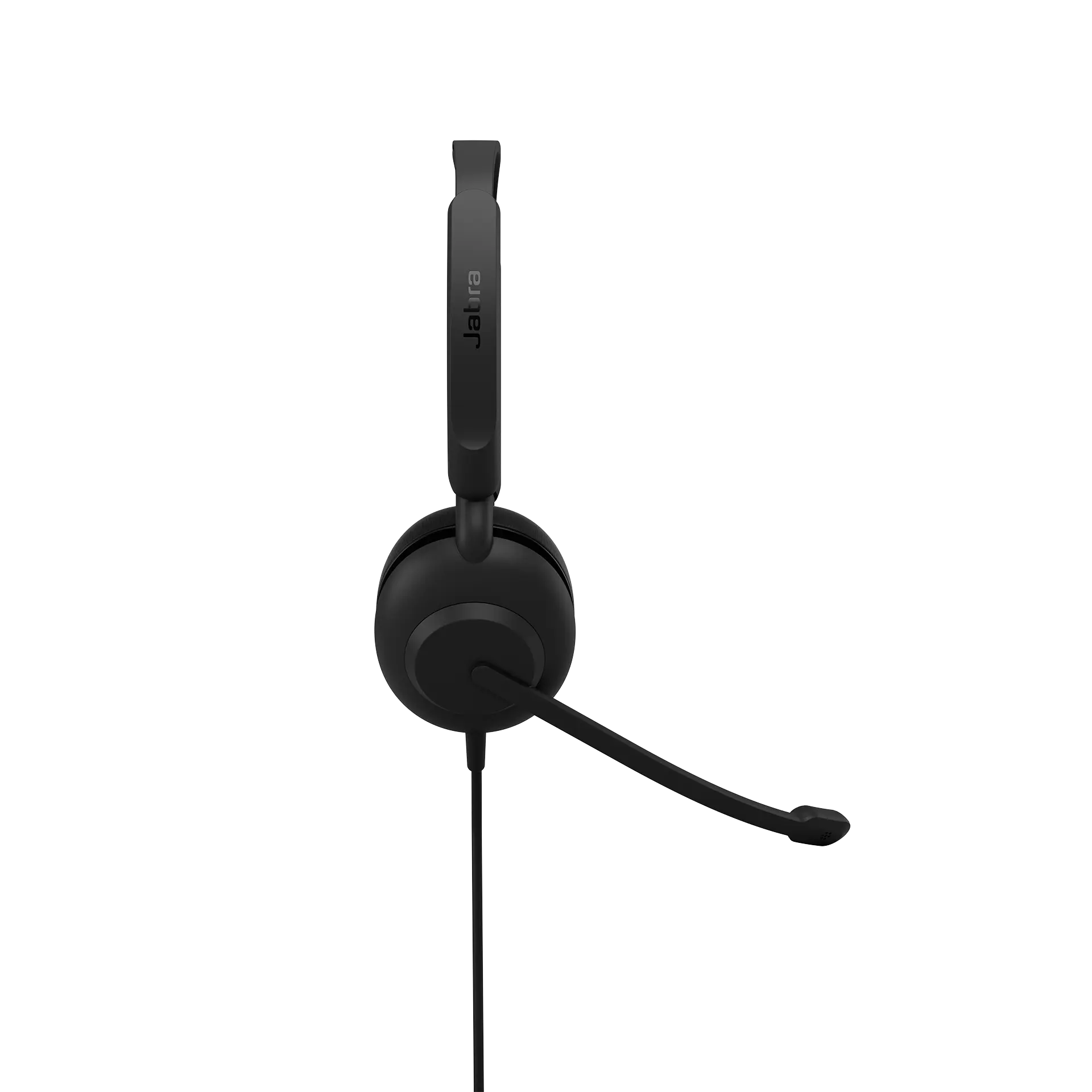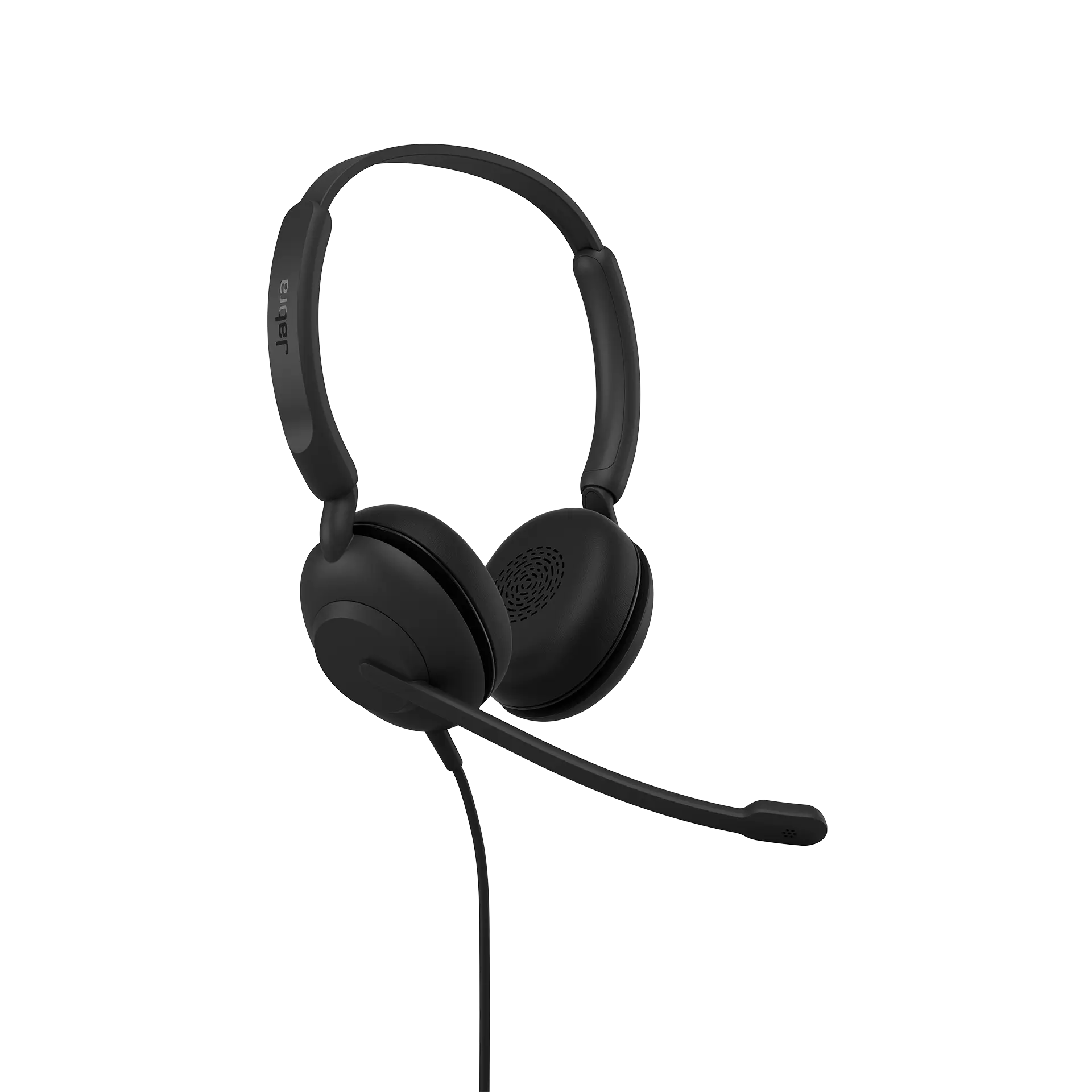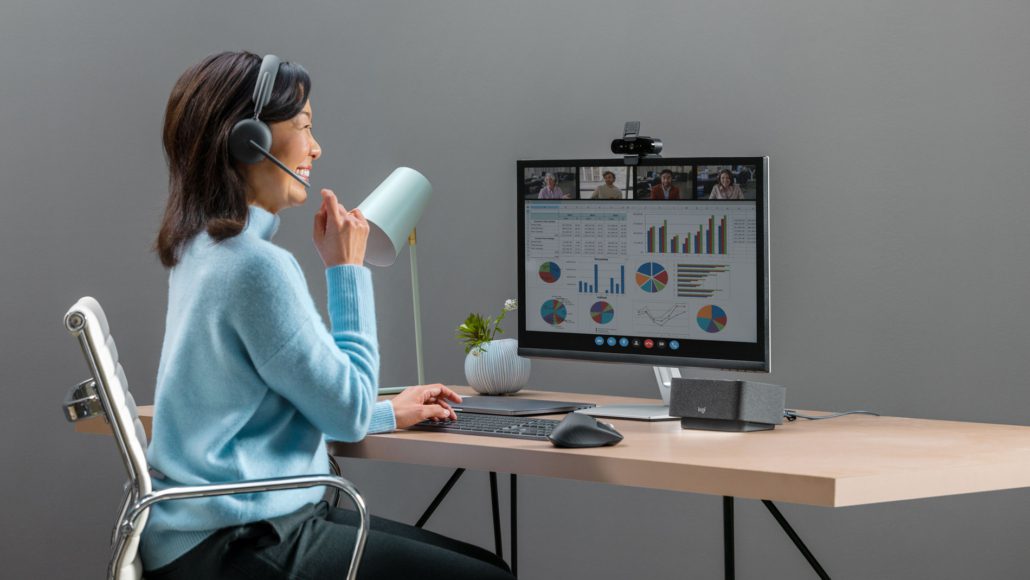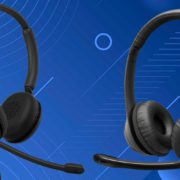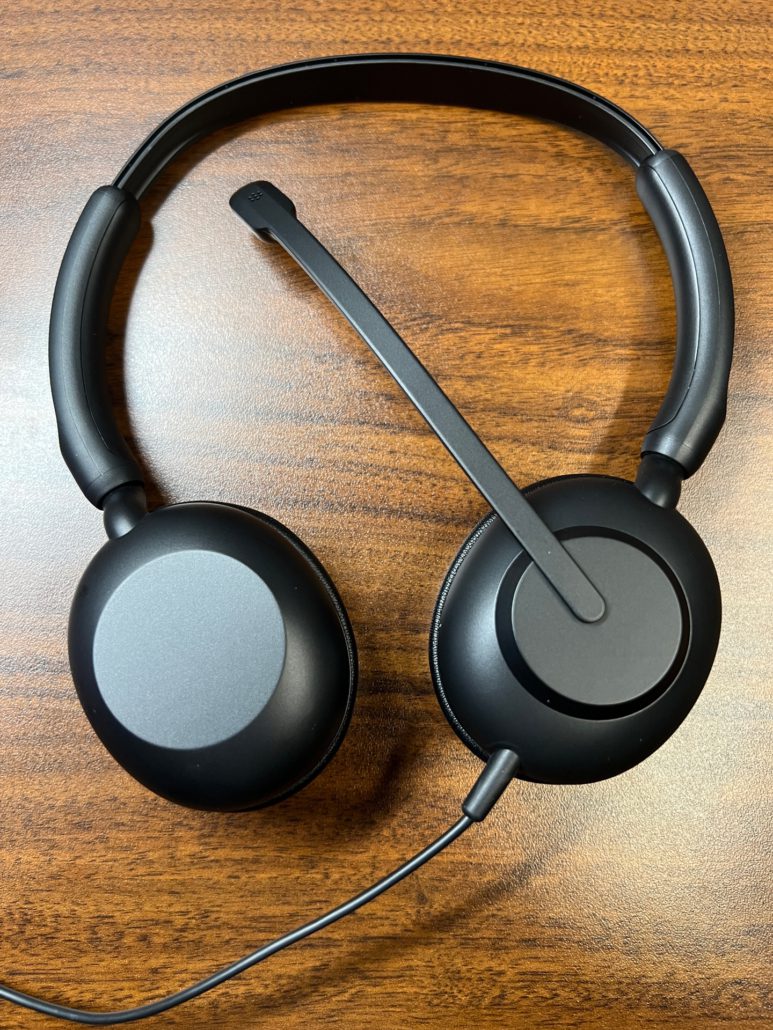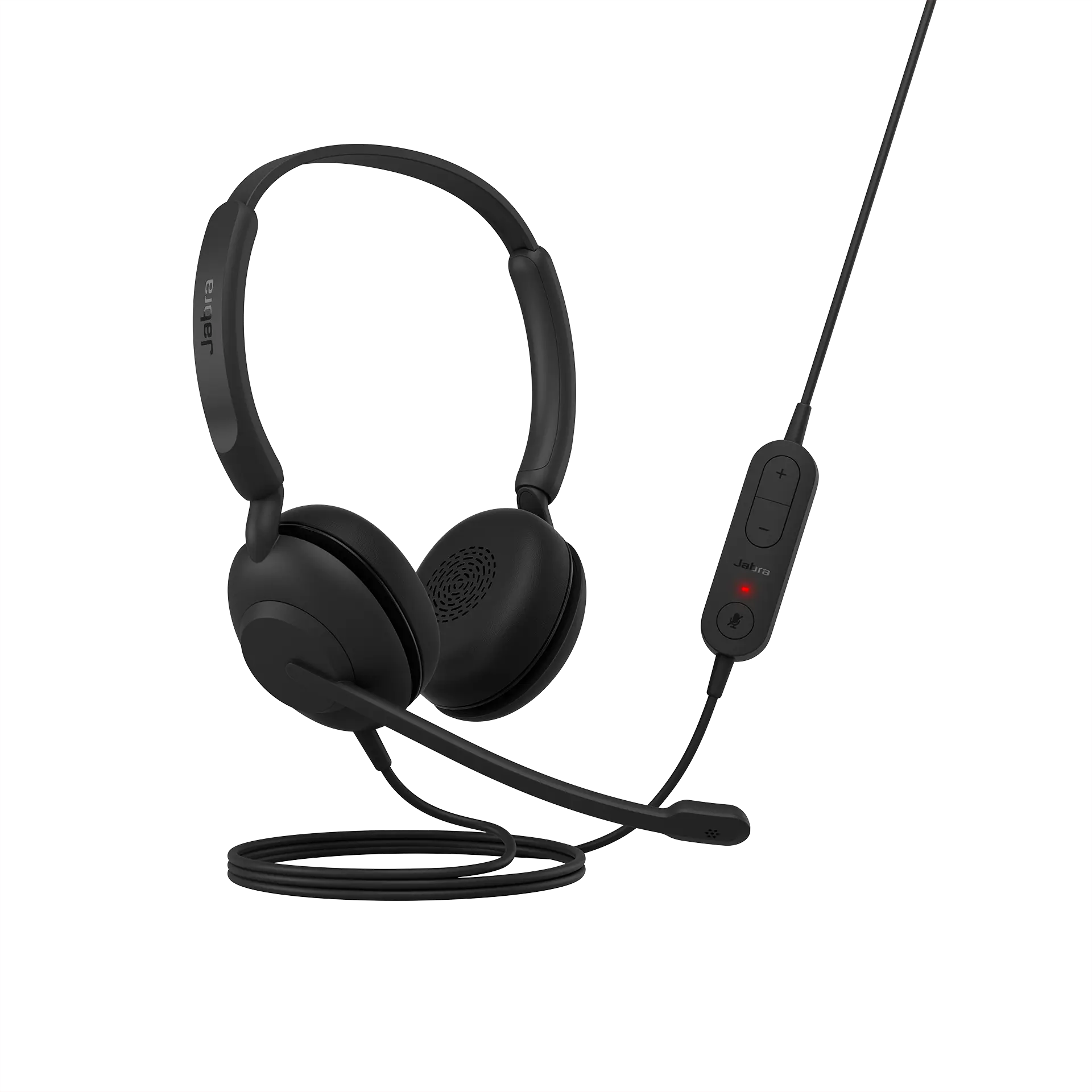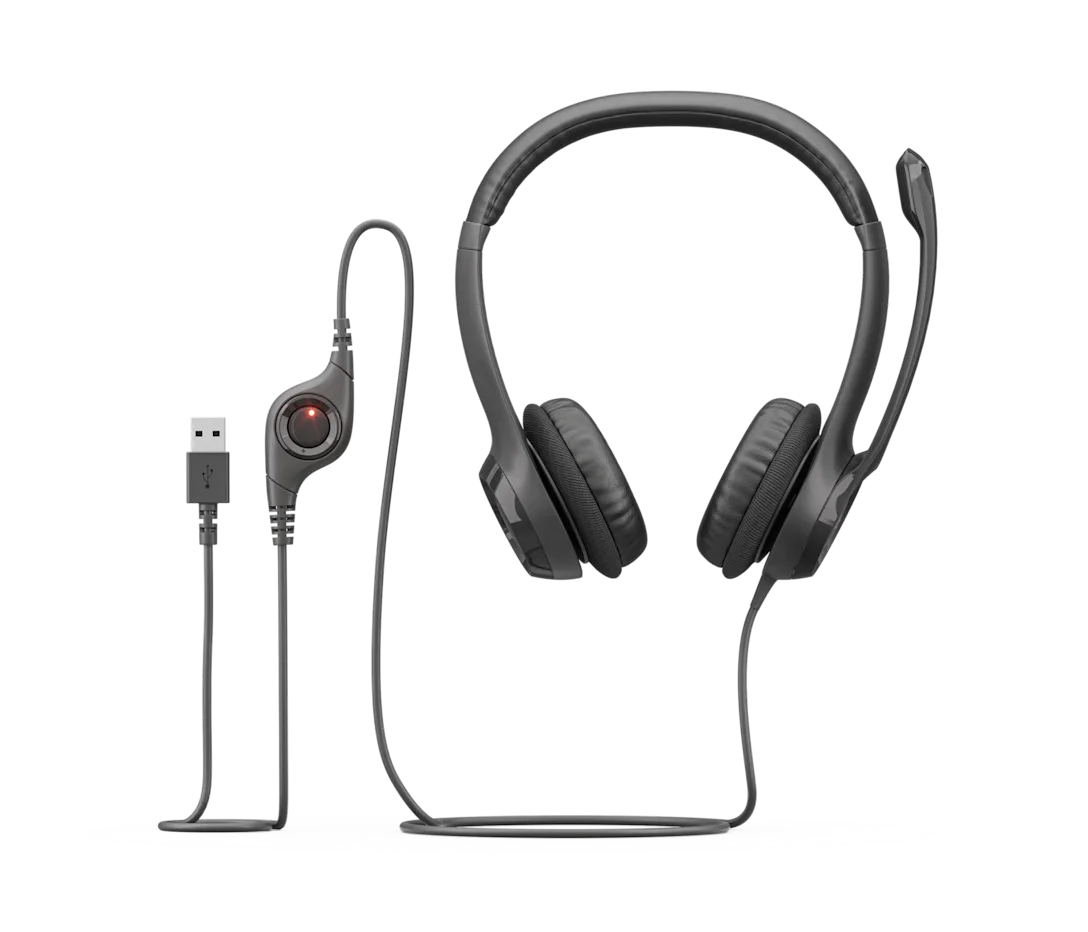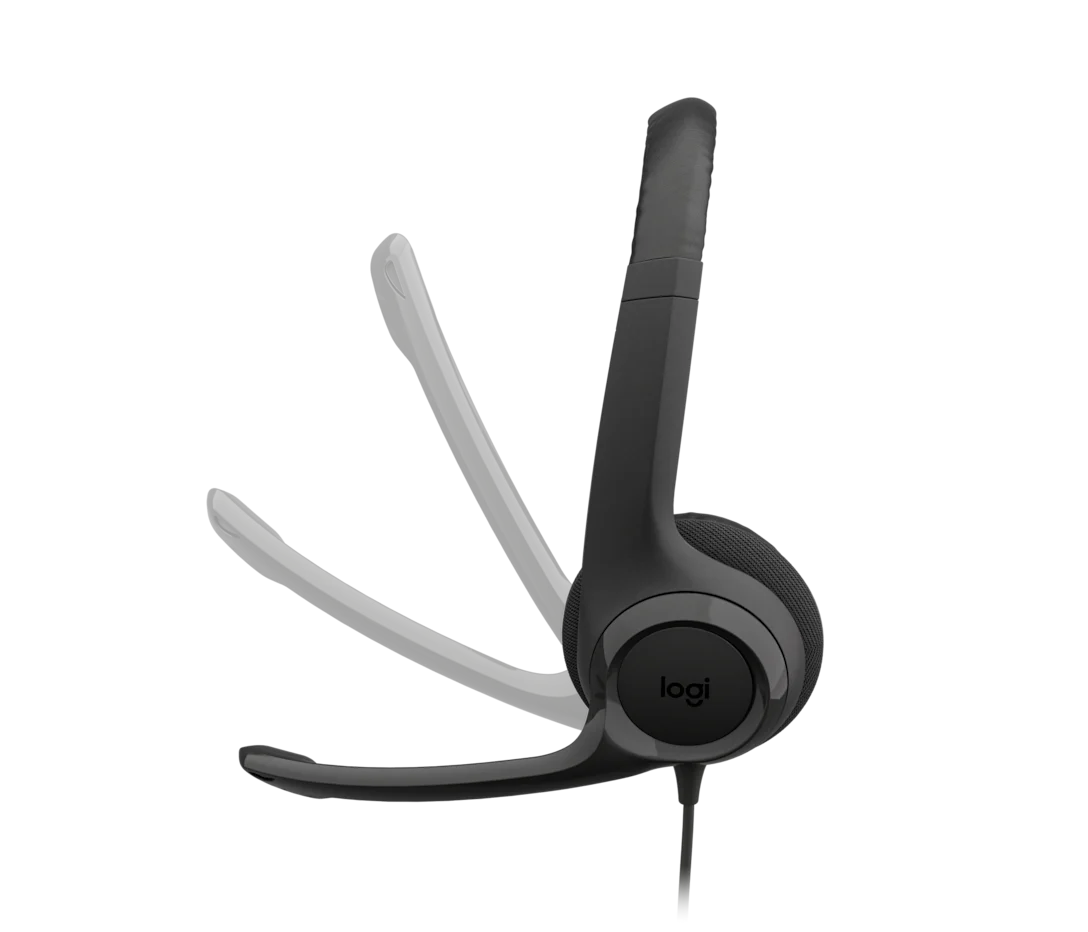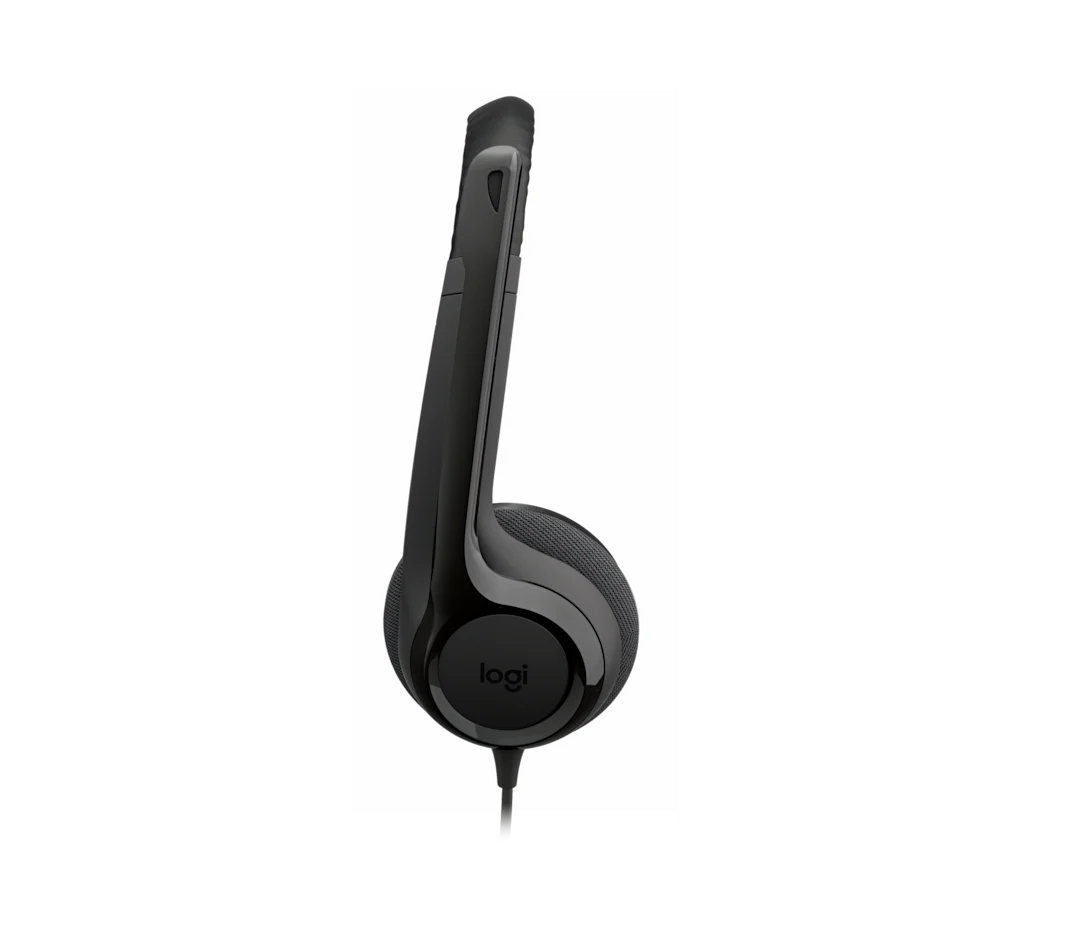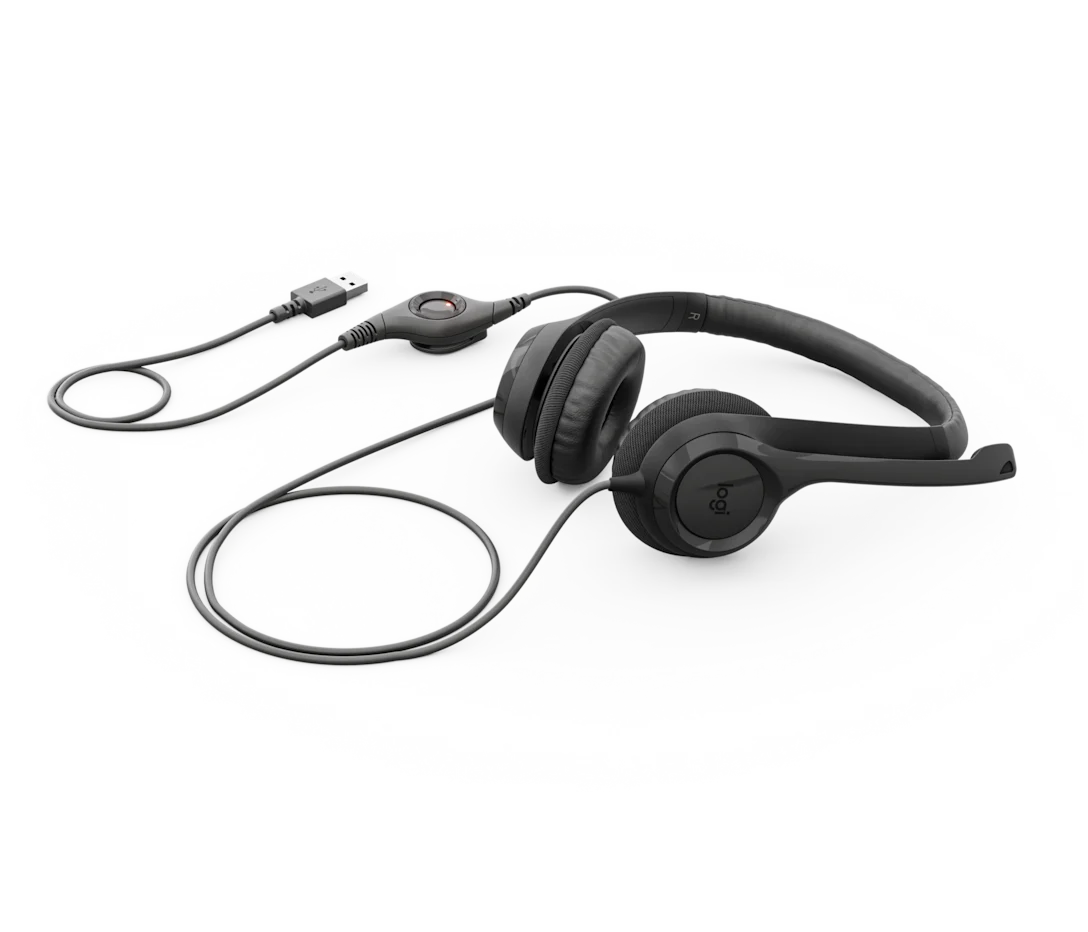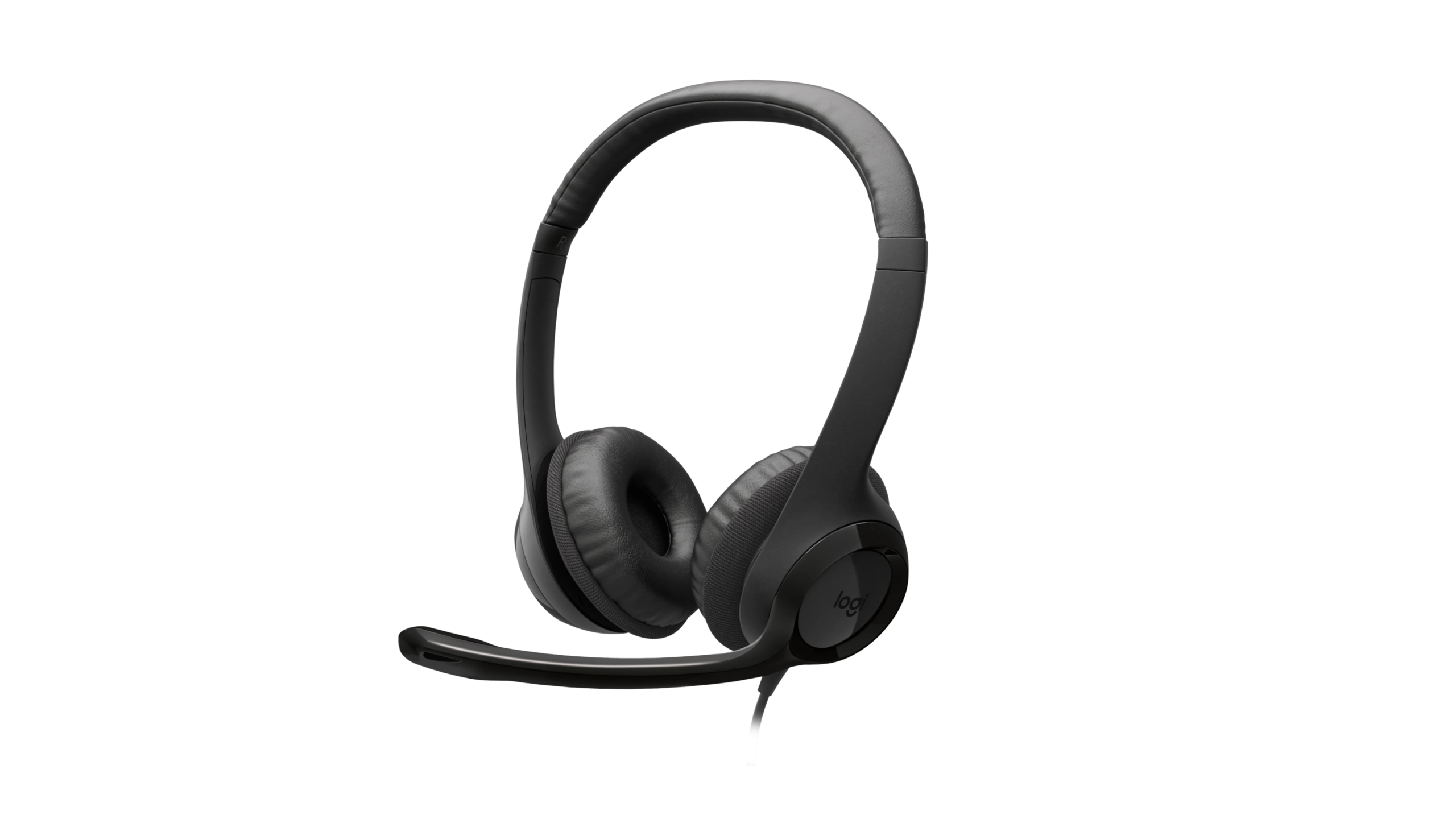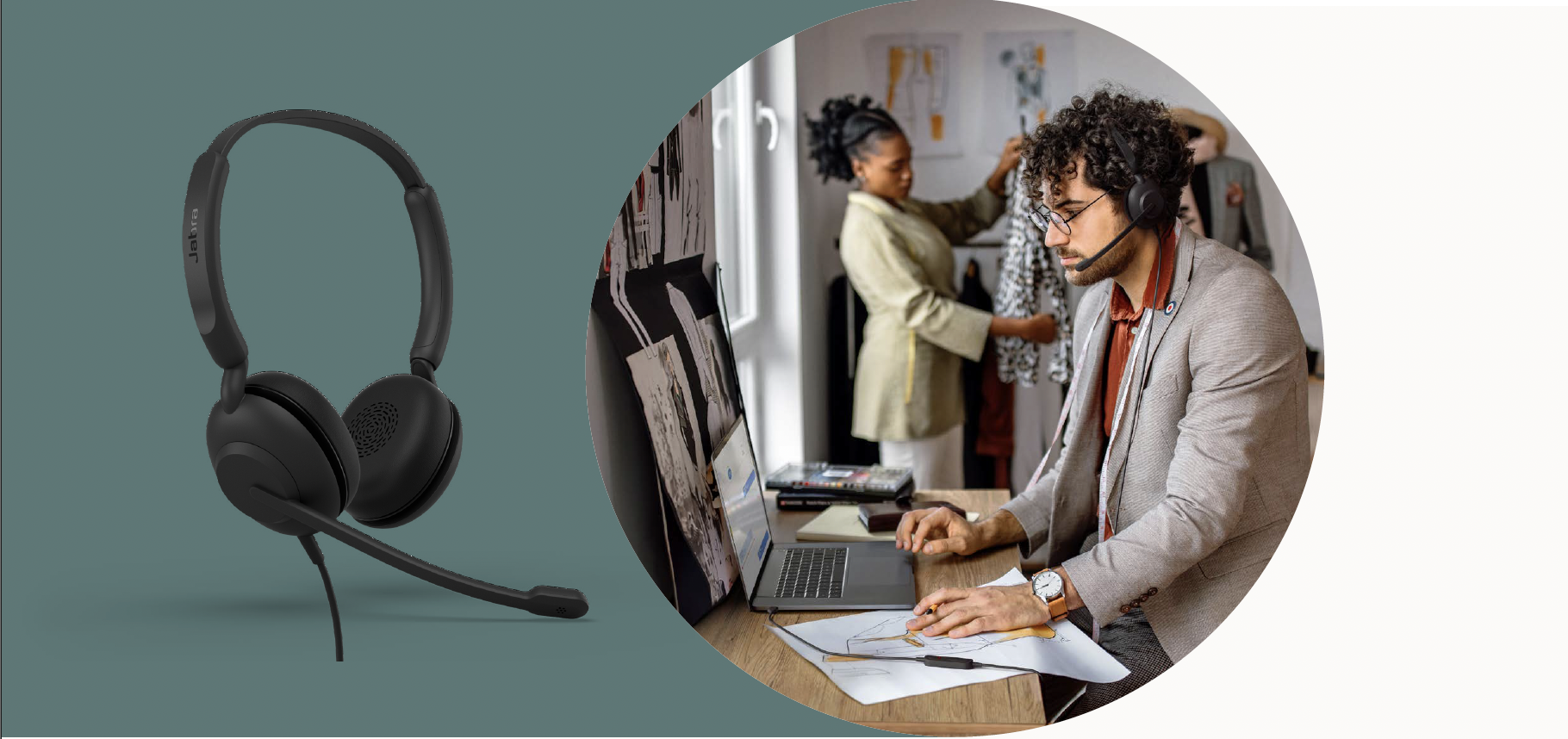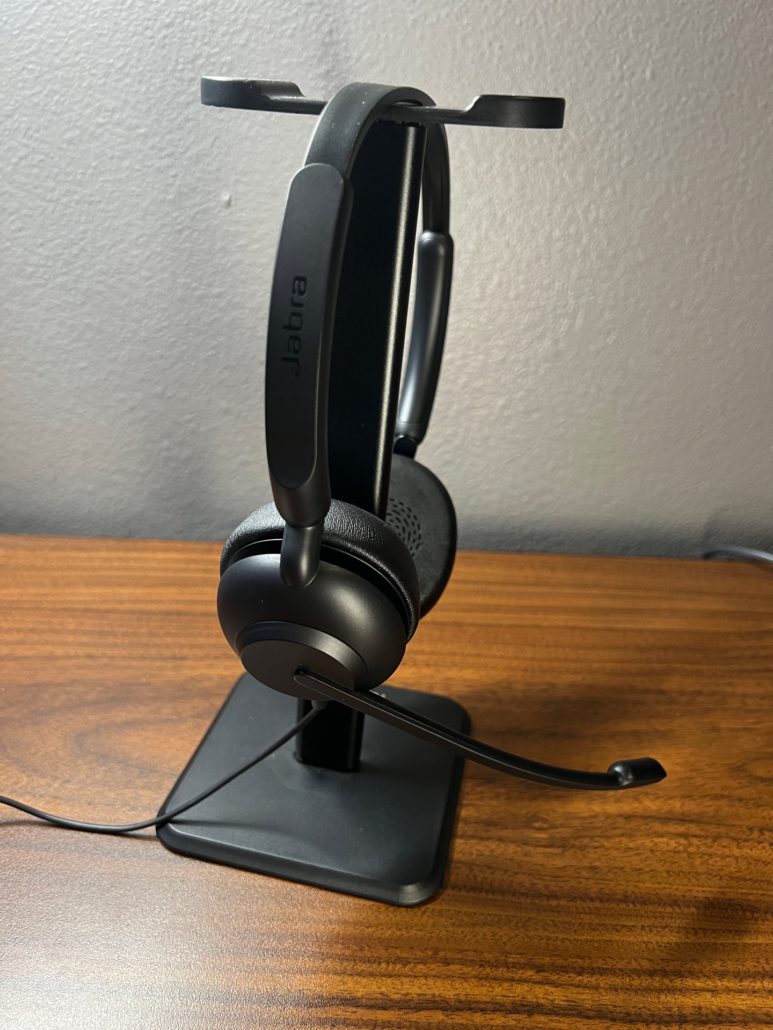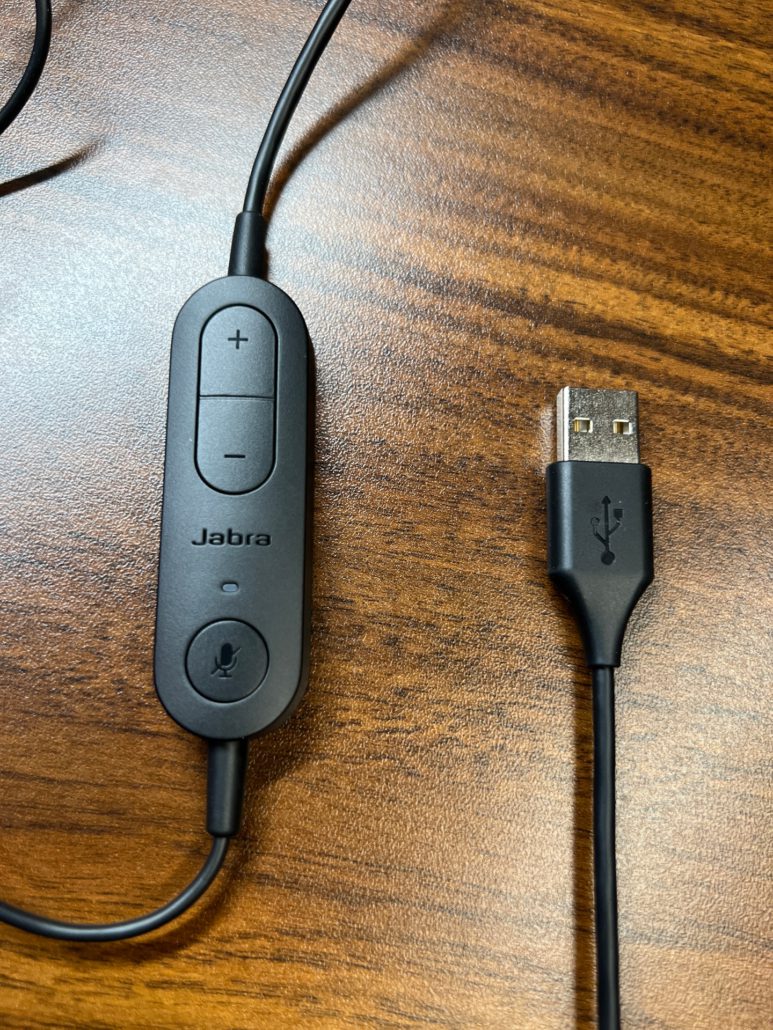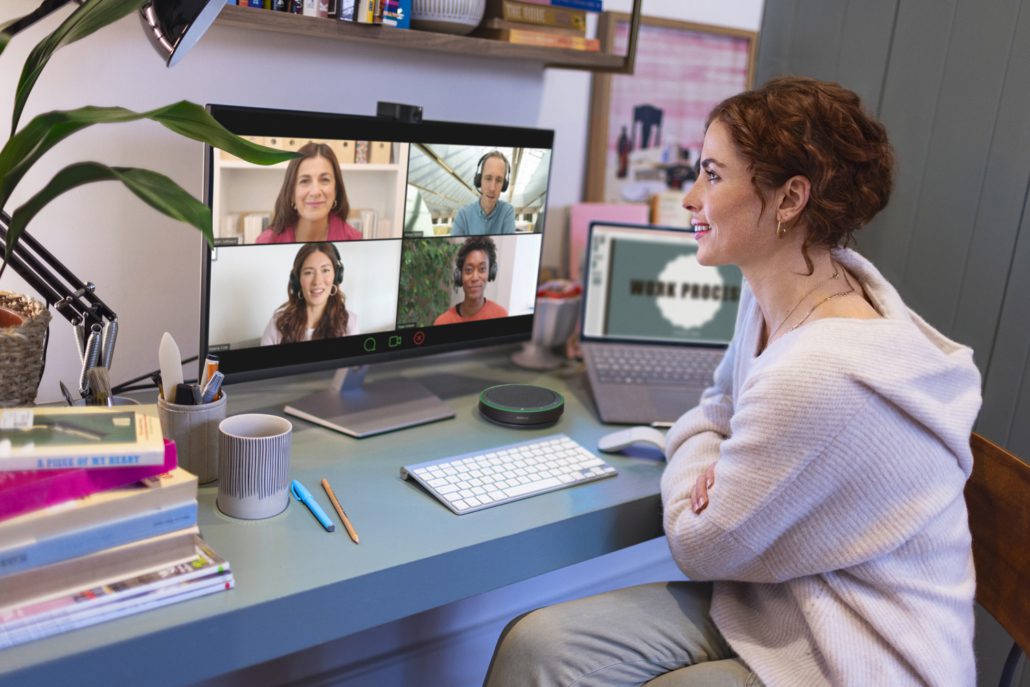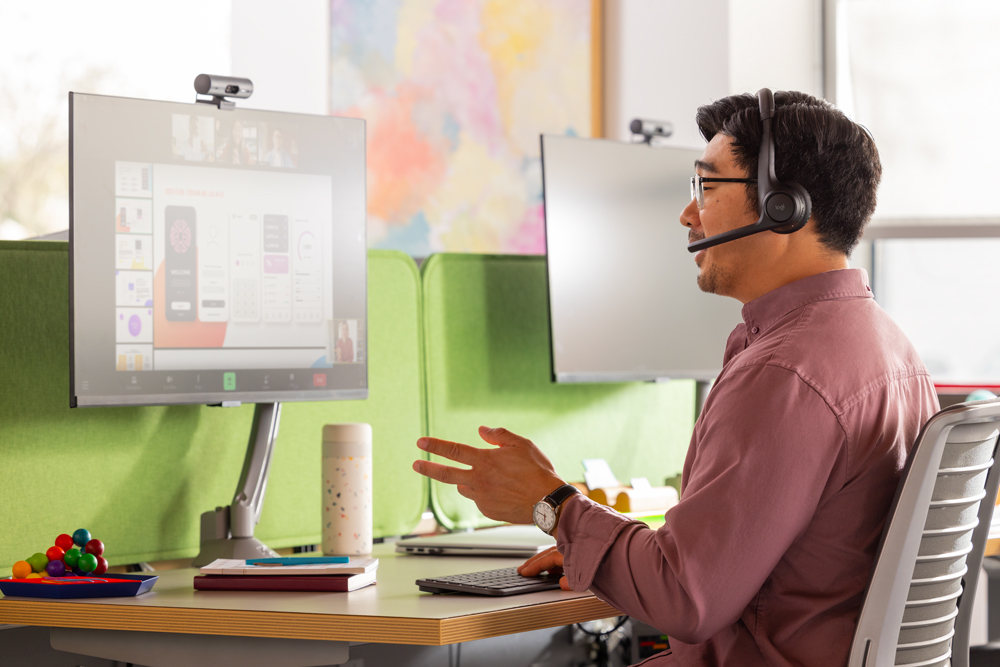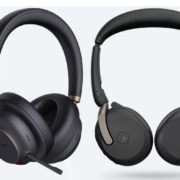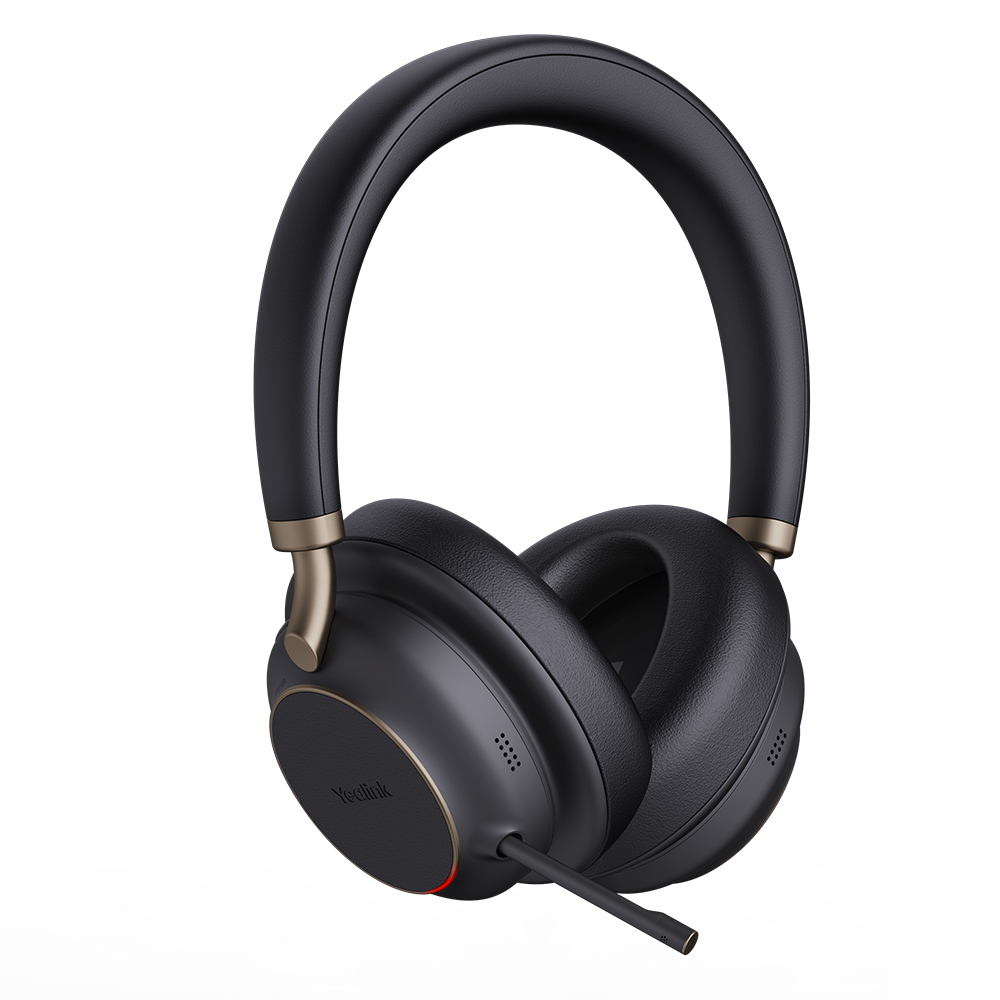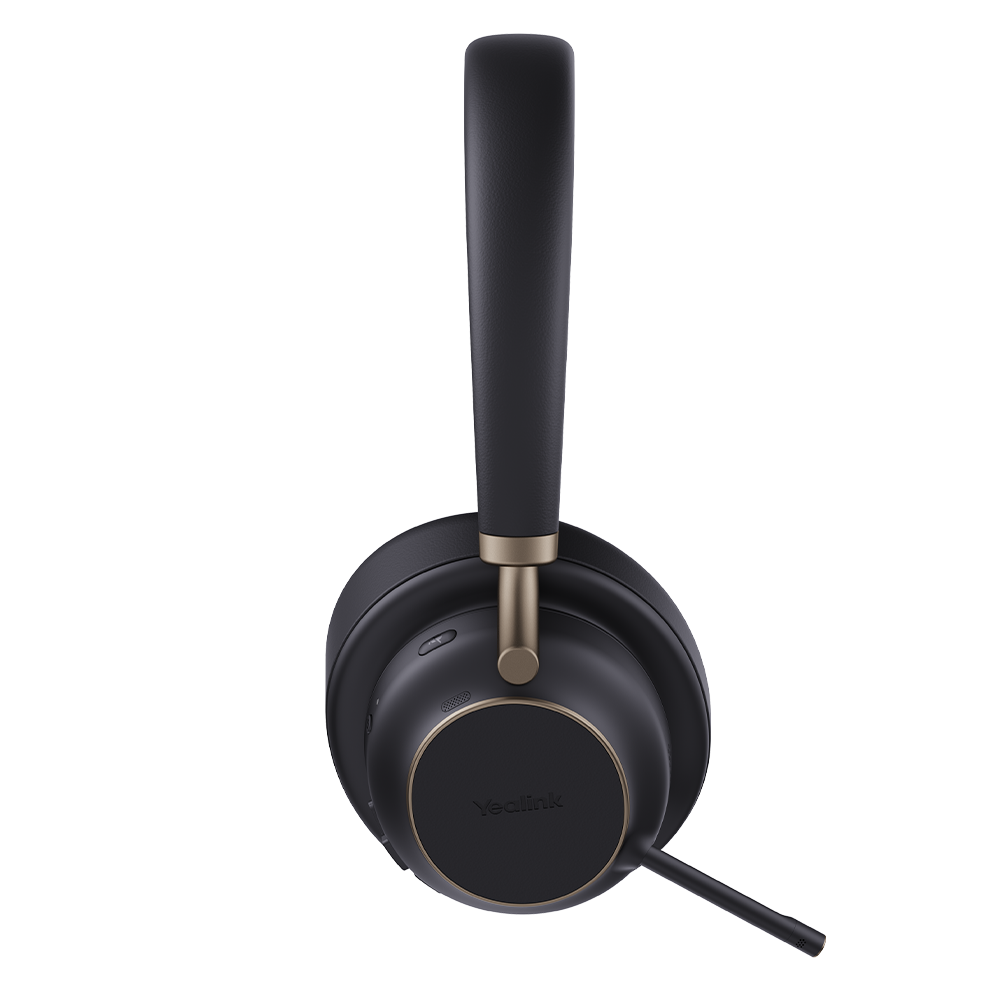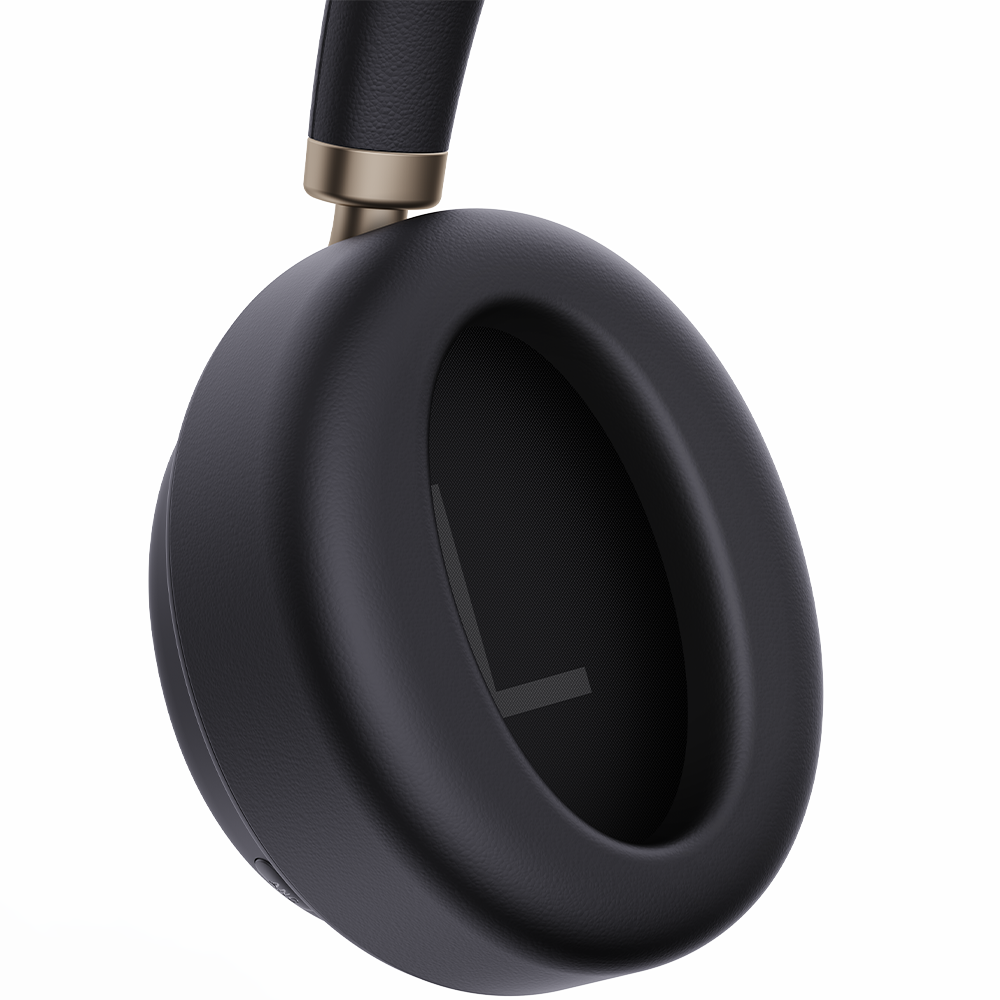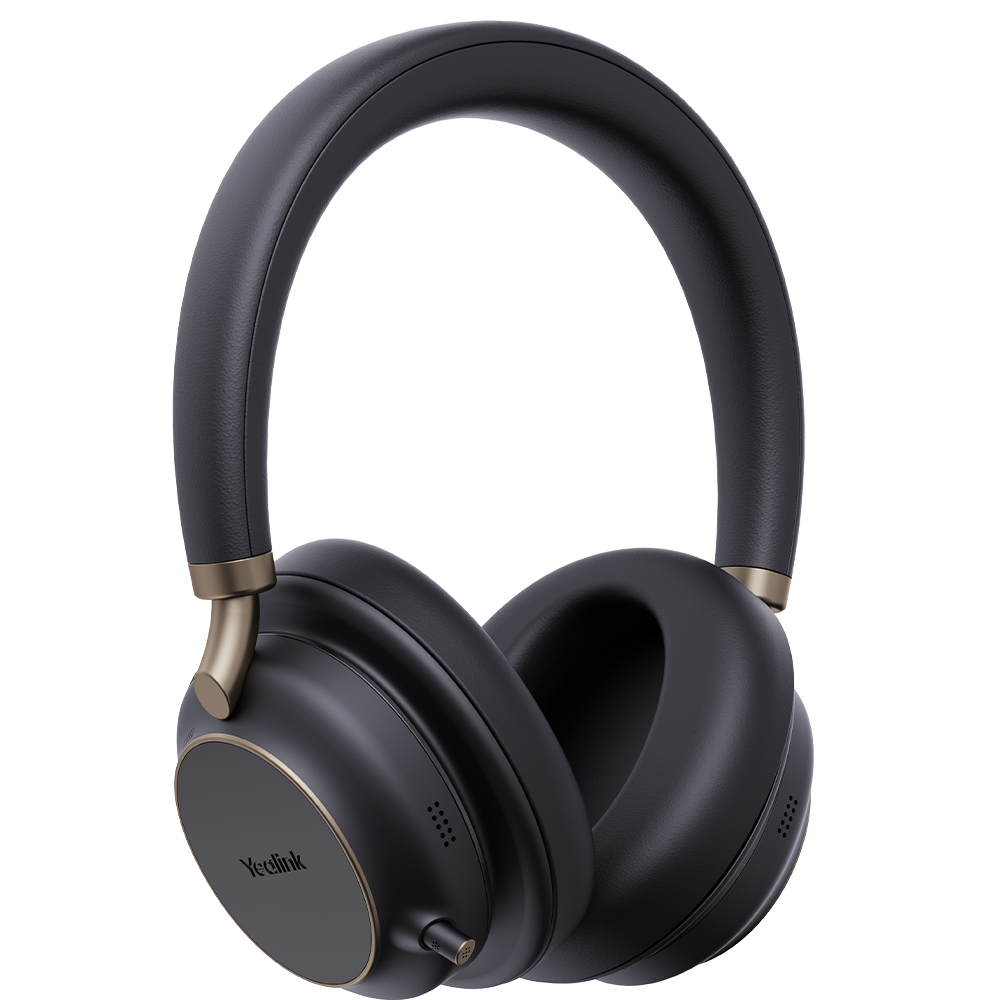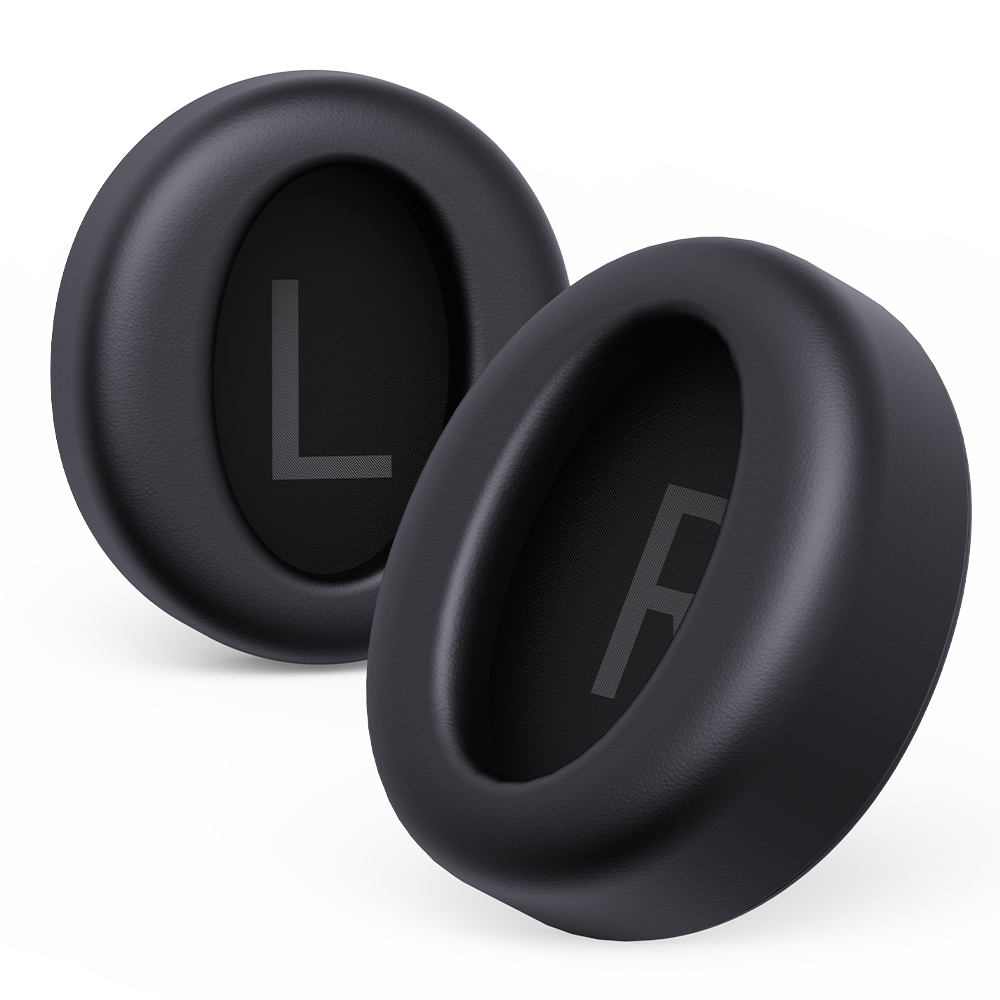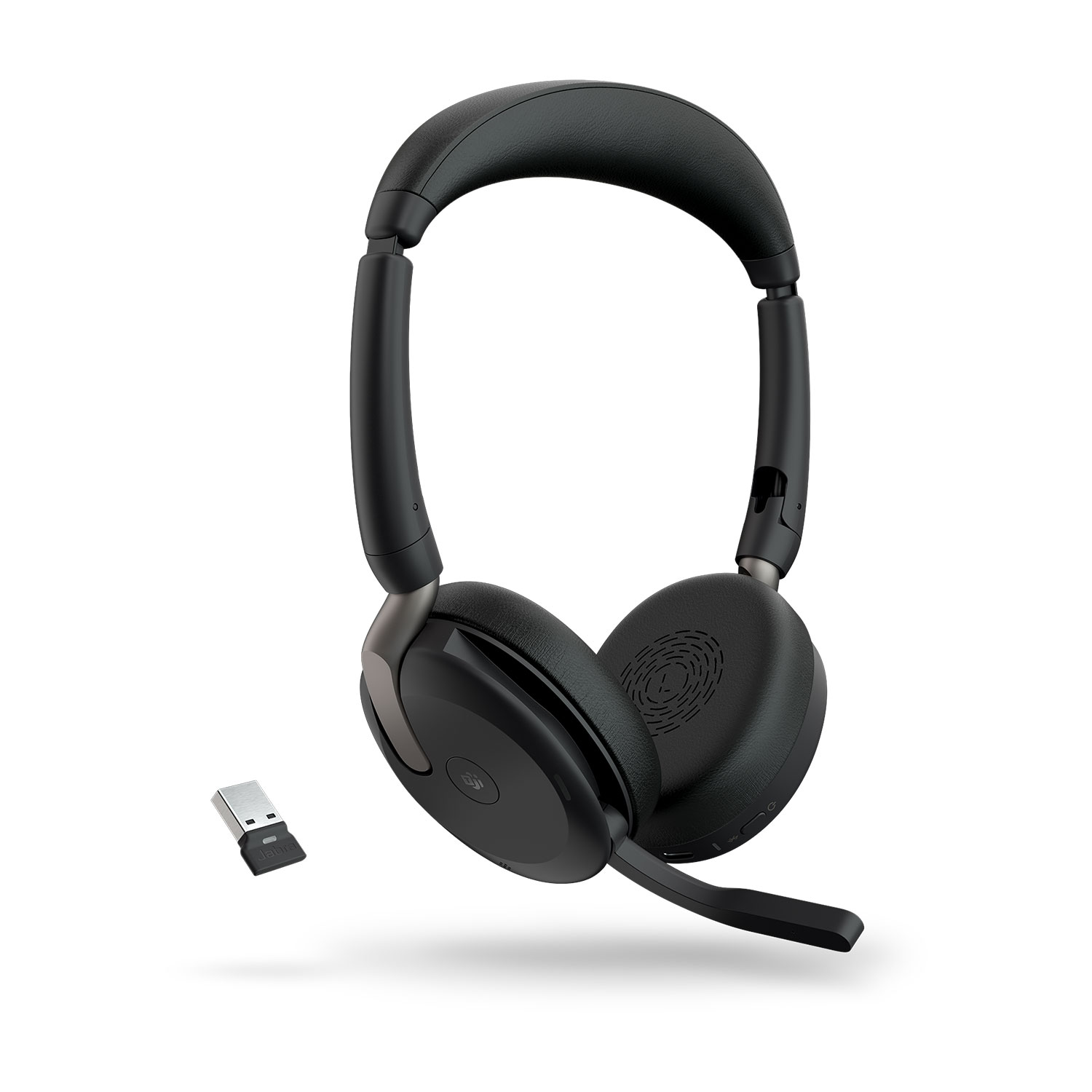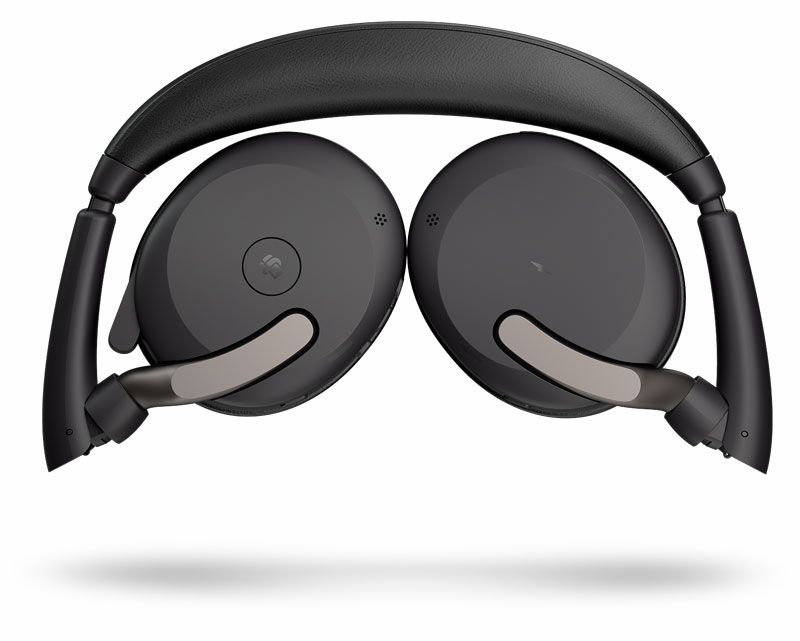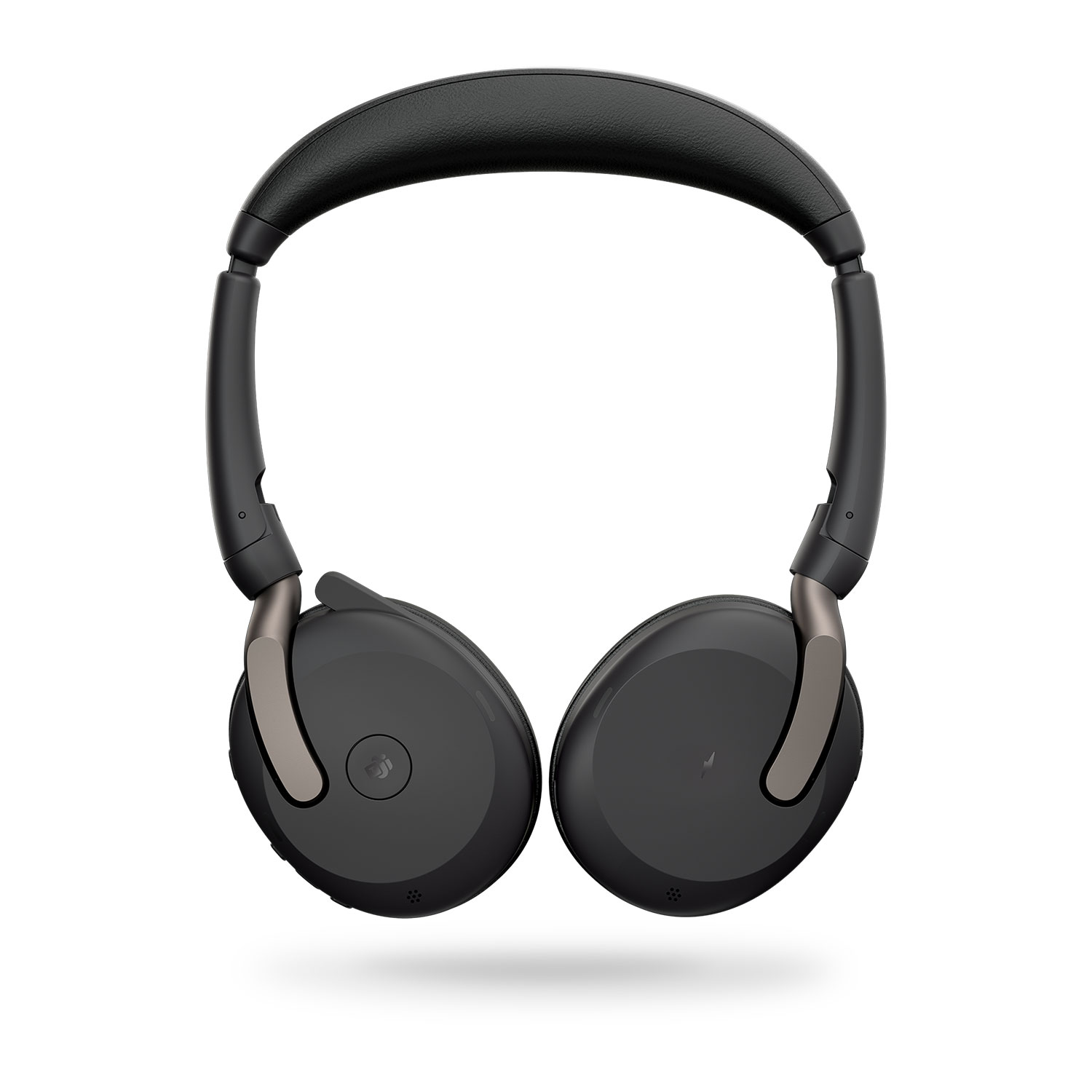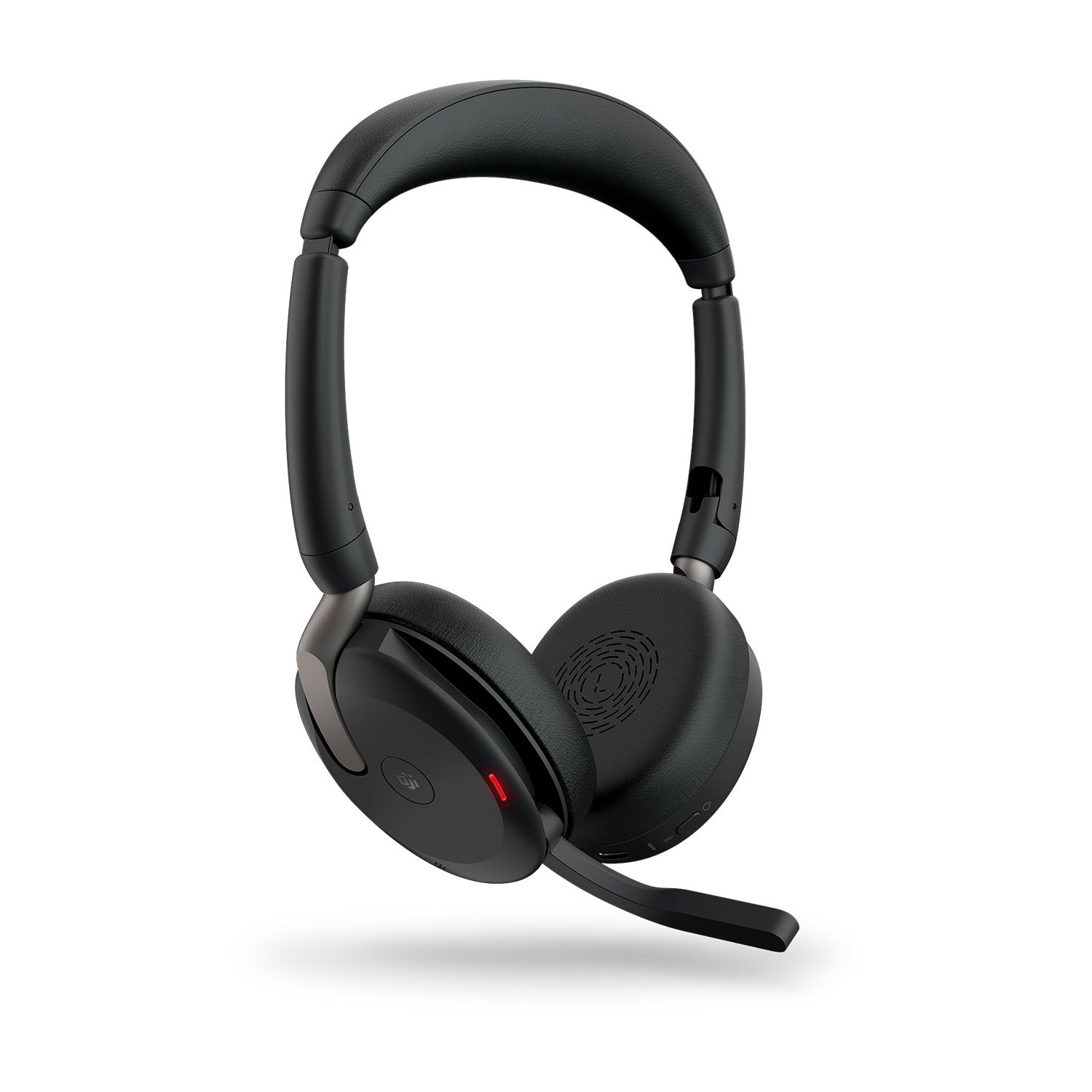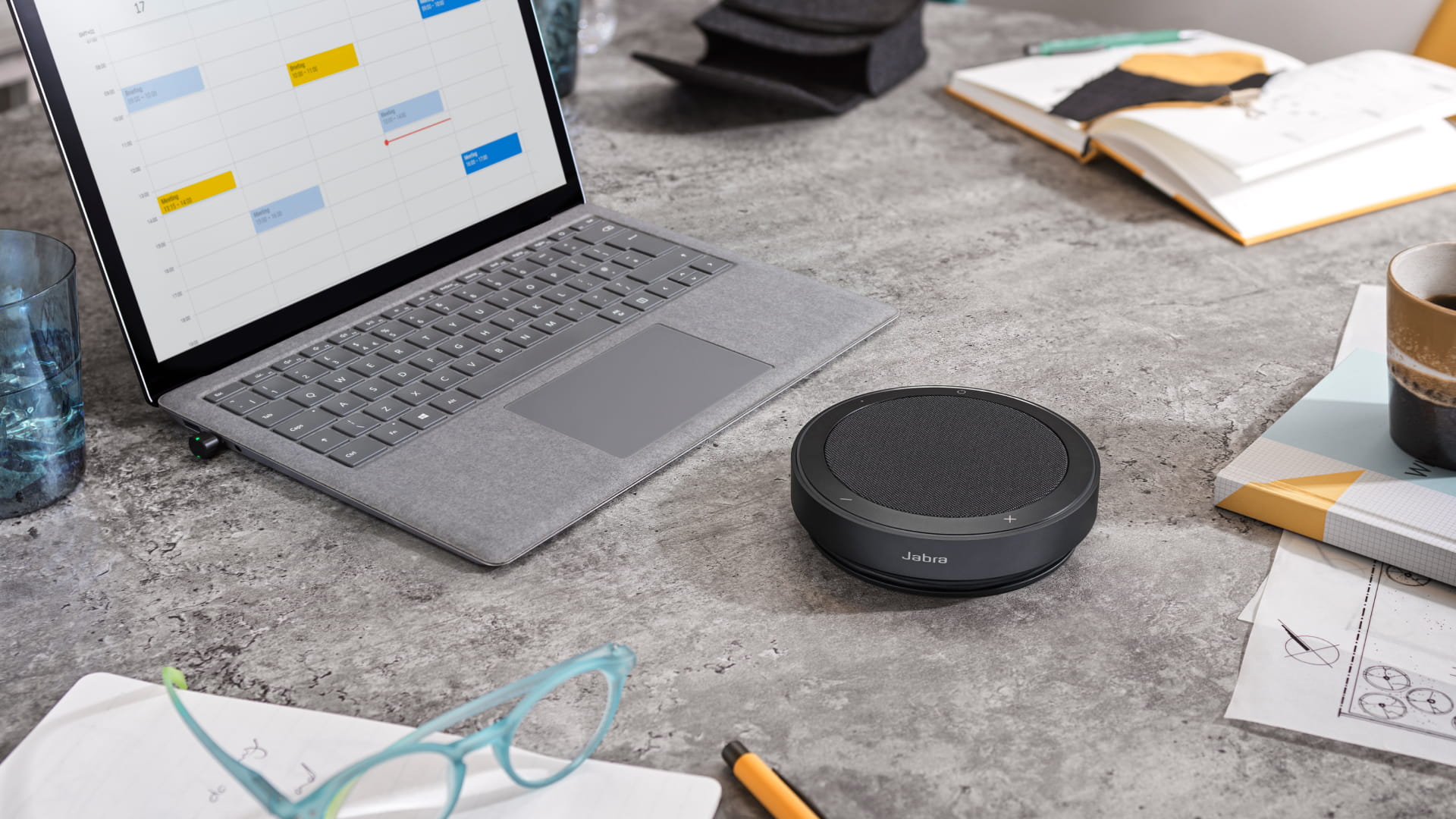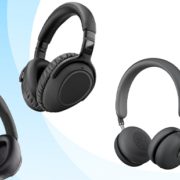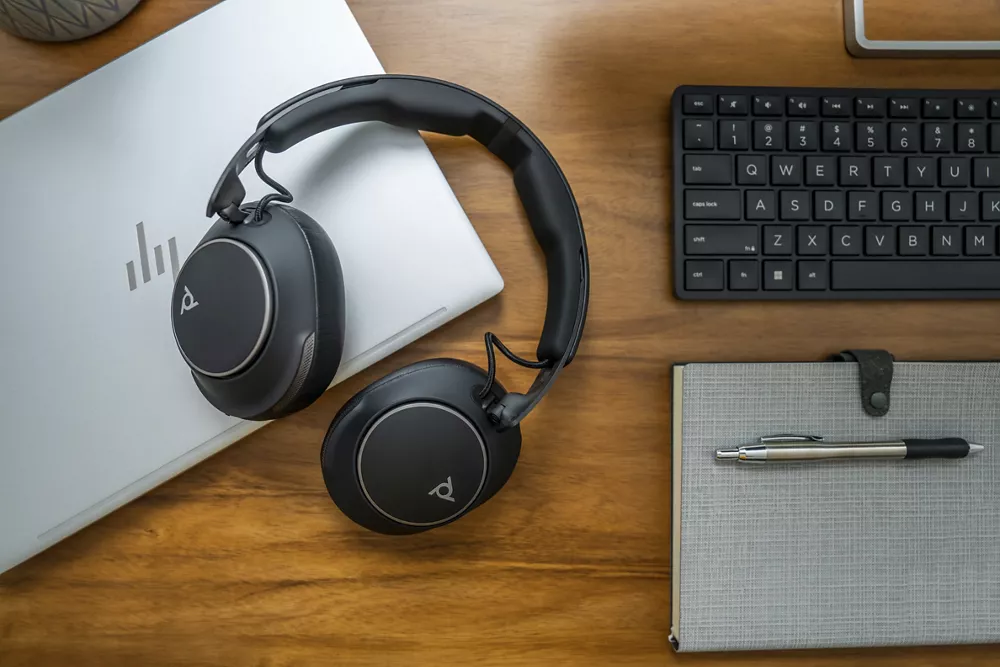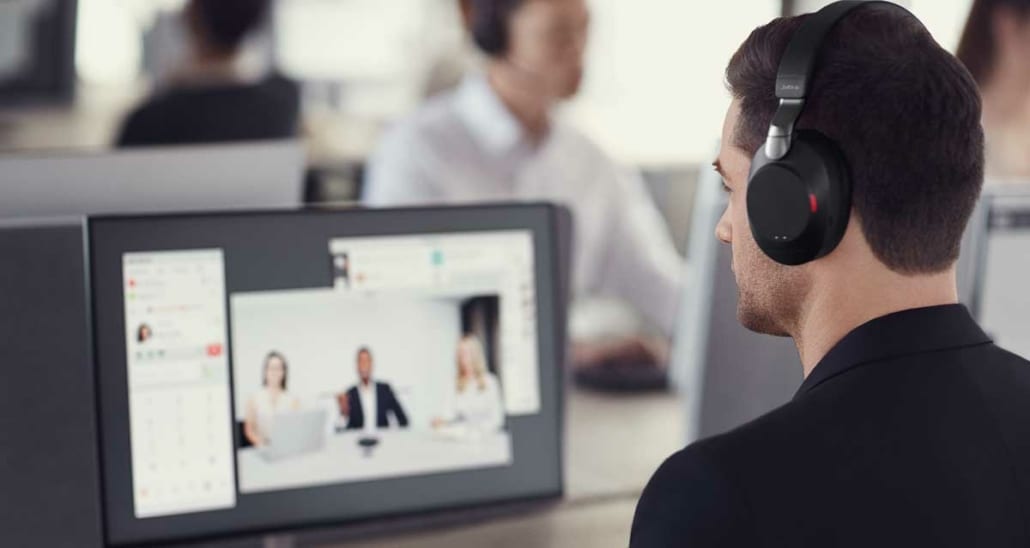Jabra Evolve 10 vs. Jabra Evolve 20 SE: Which Entry-Level Headset is Right for Your Business?
The Jabra Evolve 10 and Jabra Evolve 20 SE are two entry-level, corded USB headsets designed for professional use. Both offer excellent value, but they differ in subtle ways that could make one a better fit depending on your business environment and IT needs.
Let’s compare these two options across comfort, audio performance, connectivity, certifications, and enterprise manageability so you can make an informed decision.

Ideal Use Cases
Jabra Evolve 10
Ideal for:

Jabra Evolve 20 SE
Ideal for:
Key Differences
|
Feature |
Jabra Evolve 10 |
Jabra Evolve 20 SE |
|
Certification |
TCO Certified |
Microsoft Teams Certified (variant dependent) |
|
Device Management |
Not supported |
Supports Jabra Direct & Jabra Xpress |
|
Connectivity |
USB-A only |
USB-A or USB-C (or hybrid USB-A/C) |
|
Speaker Size |
30mm |
28mm |
|
Weight (Stereo) |
92g (headset only), 123g with control unit |
132g with control unit |
|
Sustainability |
50% recycled plastic |
Not specified |
|
Microphone Sensitivity |
-42±1dB |
-48dB to -44dB |
|
Style & Comfort |
Lightweight, softer cushion, more compact |
More traditional design, optional leatherette |
✅ Preference tip: If comfort and style are priorities, Evolve 10 shines. But for broader IT support and Teams environments, Evolve 20 SE is the clear winner.
Shared Features & Similarities

Despite their differences, both headsets offer:
Side-by-Side Comparison Matrix
|
Feature |
Jabra Evolve 10 |
Jabra Evolve 20 SE |
|
Connectivity |
USB-A |
USB-A, USB-C, or USB-A/C hybrid |
|
Microsoft Teams Certified |
❌ |
✅ (variant dependent) |
|
Software Management |
❌ |
✅ (Jabra Direct & Jabra Xpress) |
|
Speaker Size |
30mm |
28mm |
|
Wearing Style |
Stereo |
Mono or Stereo |
|
Microphone |
Noise-canceling, uni-directional |
Noise-canceling, uni-directional |
|
Comfort |
Lighter and more compact |
Slightly bulkier, with leatherette cushion option |
|
Environmental Consideration |
50% recycled materials, TCO Certified |
Not specified |
|
Headset Weight (Stereo variant) |
92g (123g total) |
132g |
|
Call Control Unit |
Included |
Included |
|
Warranty |
2 years |
2 years |
|
Certified UC Platforms |
No |
Microsoft Teams & leading UC vendors |
Which One Should You Choose?
If you’re an IT decision-maker at an enterprise or need Teams-certified headsets that integrate with your device management systems, the Jabra Evolve 20 SE is the smarter long-term investment.
If you’re a small business or an individual looking for comfort, sustainability, and ease-of-use without the added layers of enterprise management, the Jabra Evolve 10 offers exceptional value.
Either way, both headsets are reliable, professional-grade options.
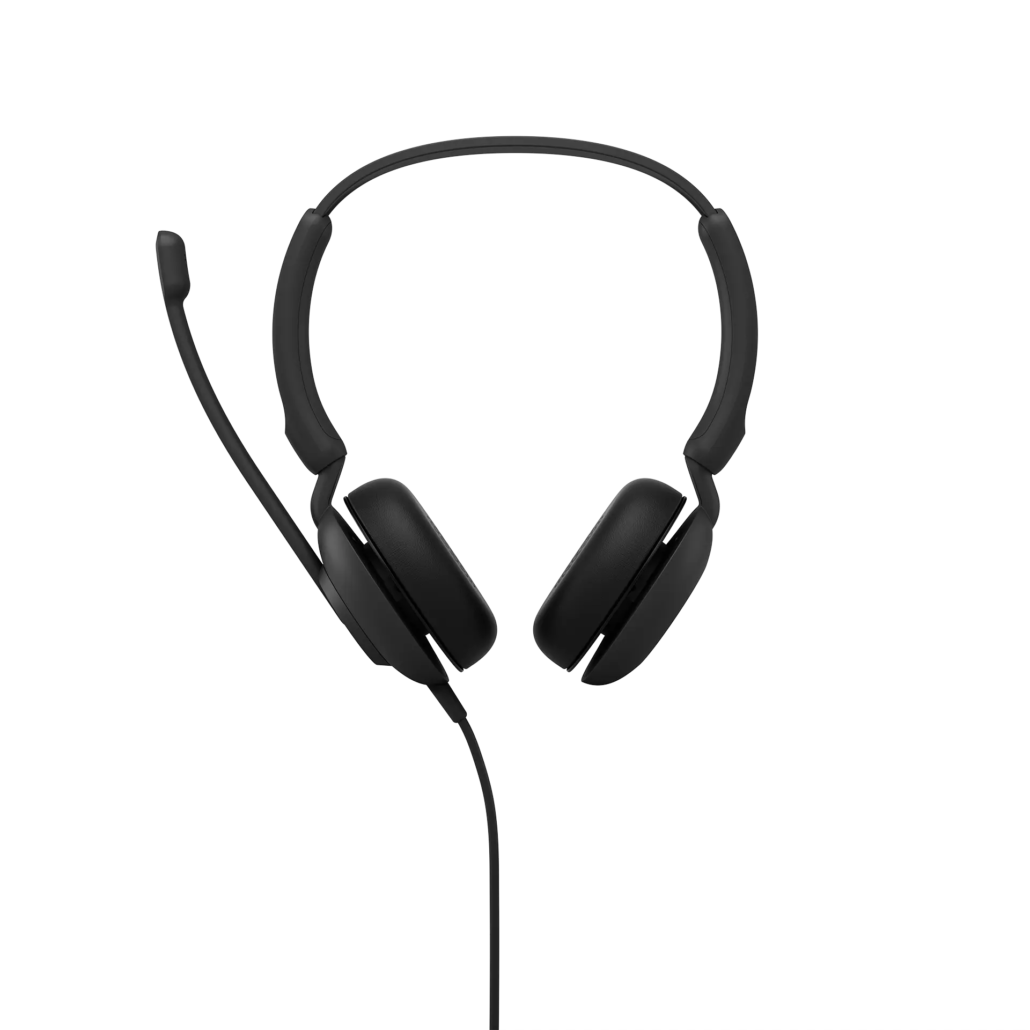


Let Call One, Inc. / Hello Direct Help
Choosing the right headset isn’t just about features it’s about what fits your unique workflow and IT environment. As an Authorized Jabra Reseller, Call One, Inc./Hello Direct is here to help.
🎧 Need help deciding?
👉 Request a Quote today and let us guide you to the right solution for your business.
📞 Have questions or want to book a demo? Contact us here
Final Thoughts
Both the Jabra Evolve 10 and Evolve 20 SE offer incredible value and quality at an accessible price point. The Evolve 10 wins on comfort and design, while the Evolve 20 SE takes the lead in enterprise-readiness and software integration.
📌 Whether you’re outfitting a single remote worker or deploying hundreds of headsets across locations, don’t go it alone. Partner with Call One, Inc./Hello Direct to ensure you get the right fit for your team.
Resources:

